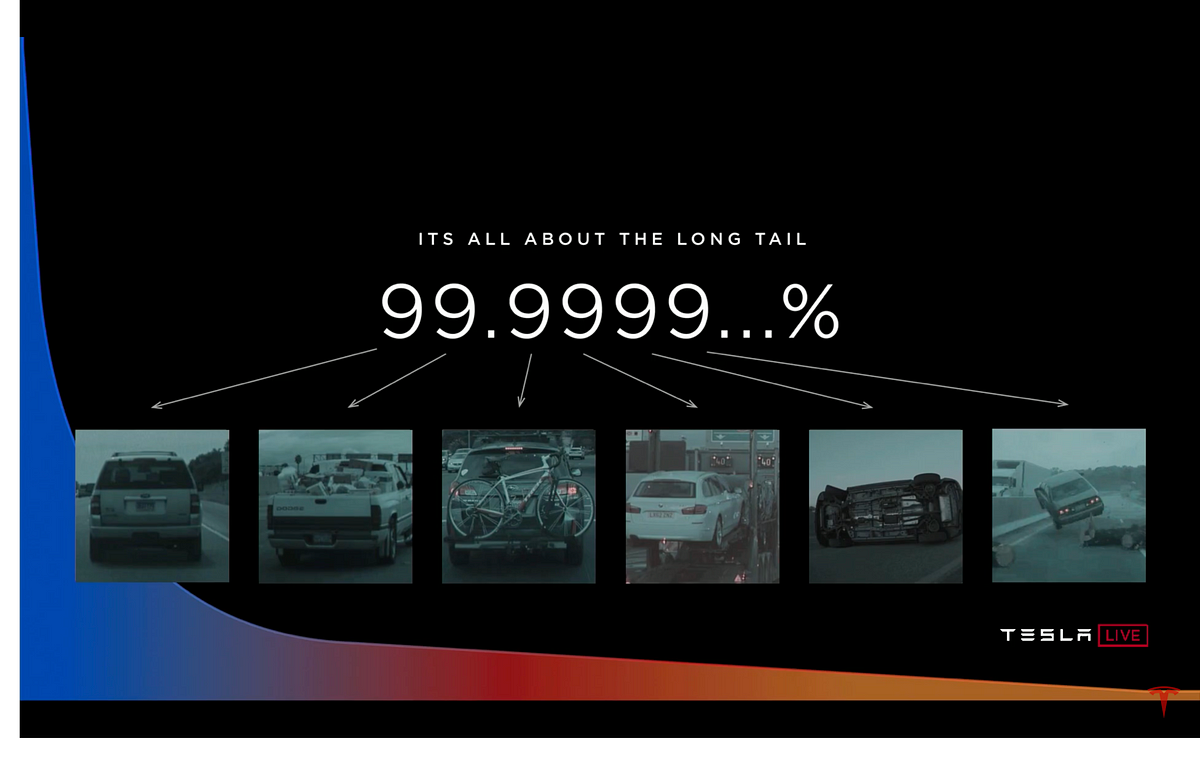Note to Readers:
I have neither directly worked nor do I have a comprehensive understanding of the working of the Hardware. So, for the most part, I have introduced only the specifications and a brief overview of the Hardware in Part 4 of this article.
Please be advised that the flow of this article is leaned towards providing intuition and technical insights about Autopilot AI as opposed to storytelling.
Though all the images are available on public platforms, all rights and credit pertaining to the facts and images in this article belong to Tesla.
Motive:
I have been following and hearing about Tesla’s work over the past 6 years or so, but I have been listening to them only from the past couple of years.
I believe, to innovate, we need to stay curious and push the boundaries of our scientific limits. Needless to mention, incorporating an optimistic mindset and culture is pivotal to overcoming the challenges while pursuing these endeavors. Also, Innovation (say, space exploration) fosters a peaceful connection with other nations by finding a common ground. This article is one such example that encompasses my understanding and intuition of Tesla Autopilot AI and its potential that are backed by some facts and ongoing research.
Brief Overview:
PART 1: Andrej Karpathy (Director of AI and Autopilot Vision)
Concepts covered: The Essentials for Neural Networks (Large dataset, Varied dataset, Real dataset), Object Detection, Corner Cases, Data Engine, Fleet Labeling & Learning, Path Prediction, Depth Perception from VISION only.
#neural-networks #tesla #computer-vision #self-driving-cars #autopilot #neural networks
